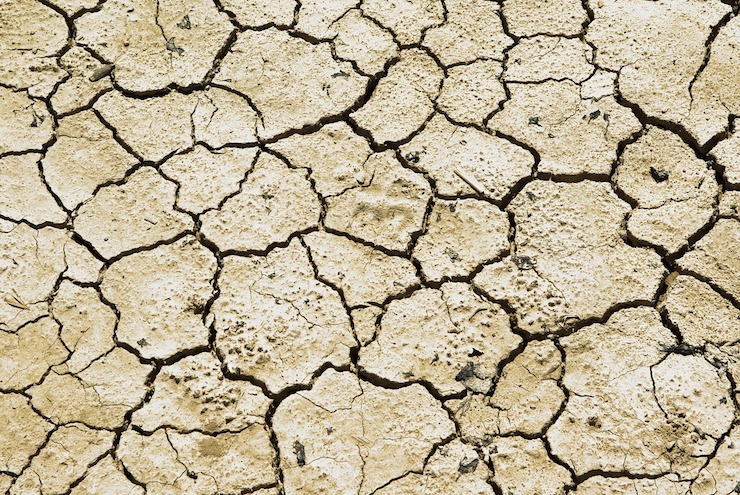Research has shown that increased temperatures combined with higher humidity could lead to an increase in fatalities from cardiovascular and respiratory disease, such as erythromelalgia, particularly among the elderly. Higher heats combined with higher carbon dioxide concentrations also exacerbate the effects of hay fever, pollen and other aeroallergens including ragweed, increasing the number of asthma suffers (currently around 300 million people). Combined with smog, this will lead to worsening air quality; household air pollution currently causes 4.3 million deaths annually, whilst ambient air pollution brings a further 3 million.
Furthermore, the increasing frequency and magnitude of natural disasters endangers human lives, currently resulting in over 60,000 deaths annually. Over half the global population live within 60km of coastline; increased risk of tsunamis, storm surges and coastal flooding threatens these communities. Flooding contaminates drinking water supplies, and combined with warmer ocean temperatures can increase the incidents of water-borne disease, such as cholera.

Storm surges could threaten coastal populations, but it is often the water-borne diseases they leave behind that can be most harmful.
Freshwater supply is additionally endangered by fluctuating rainfall levels. In periods of extreme drought, populations turn to parasitic water supplies which they often share with livestock. This increases the risk of non-tuberculosis mycobacteria and diarrhoeal disease, which kills over 500,000 children under five per year. Many of these deaths could be prevented by simply boiling the water, however for families struck by extreme poverty the release of steam is seen as a waste of water.
Droughts, which currently threaten 35-50% of the world’s crops, additionally lead to famine and malnutrition, which cause 3.1 million deaths per year. Merely an annual temperature increase of 1 celsius could decrease grain and crop yields by 10%, which will present increasing food scarcity problems; to meet the population’s predicted exponential growth, food production will need to increase by 50% by 2050.

Increased droughts could destroy crops and cause devastating famine.
Temperature and climatic variations will also increase the geographic distribution and transmission season of vector-borne diseases, such as the predicted spread of the Chinese snail-borne schistosomiasis and tick-borne Lyme diseases.
Of major concern is the predicted rise in cases of mosquito-borne diseases, including malaria, elephantiasis, and the Rift Valley, yellow and dengue fevers. With even small increases in precipitation and humidity, mosquitos can thrive in higher latitudes for longer time periods, as they breed most rapidly in wet, hot climates, such as those cultivated by flooding.
Malaria currently causes over 400,000 deaths annually, with nearly half the world’s population already at risk. Africa and South America are becoming increasingly threatened by this, with the slightest temperature endangering whole communities.

Malaria is caused by Plasmodium parasites - infected mosquitos can transmit the disease to humans through bites.
A poignant case study that shows how none of us are safe from the threat of climate change is the 2003 European heatwave. Many people don’t associate Europe with extreme weather (“But it’s always raining in England!”, I hear you cry), yet above-average death rates were reported Europe-wide, with around 43,000 people dying from heat-related causes. The heatwave, which was the hottest in at least 500 years, brought temperatures of 7 celsius above average, at points exceeding 40 celsius.
Worst affected was the Netherlands, which saw 1200 fatalities from heat-related causes that summer, including around 450 just during a two-week period in August. Smog and air pollution are also major problems that exacerbate the effects of above-average heat; this is estimated to have caused around one-quarter of the deaths in the Netherlands. Should emissions rates continue to increase, such heatwaves could potentially happen every other year as we advance into the 22nd century.
Ultimately, whether you’re old or young, rich or poor, prepared to fight for our planet or not, climate change will come to bite you. The World Health Organisation currently predicts that climate change will cause an additional 250,000 deaths annually between 2030 and 2050, but if Donald Trump finally comes to some sense and realises that climate change does indeed pose a real threat, maybe humanity can work together and prove these scientists wrong.